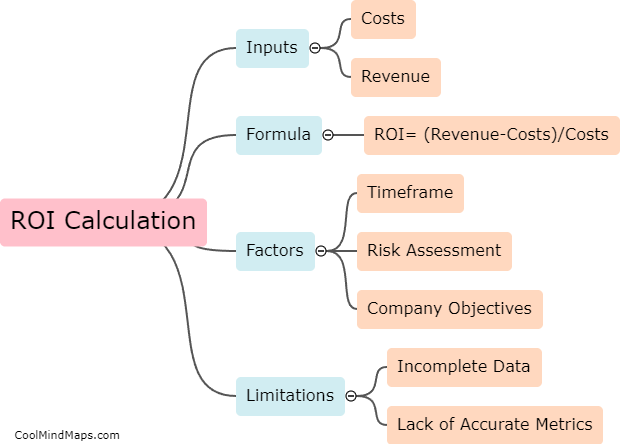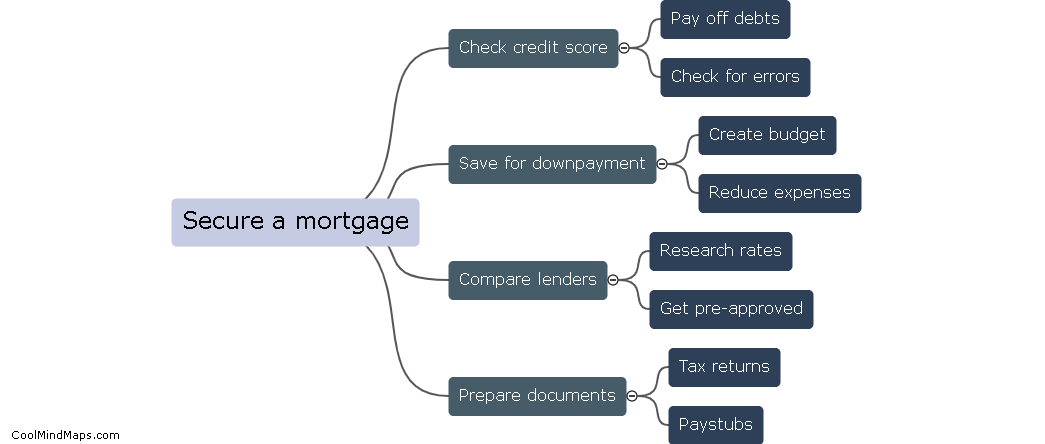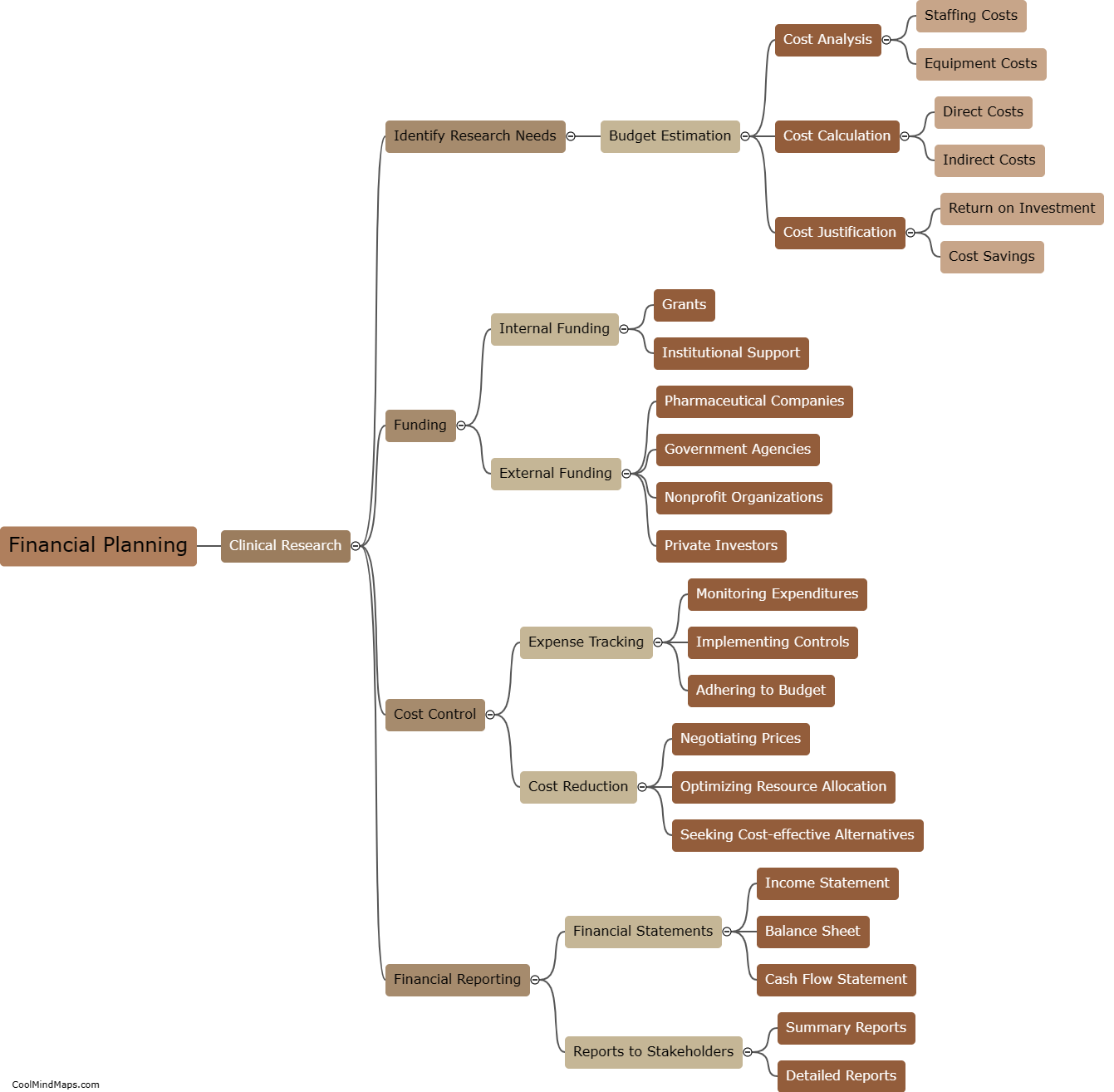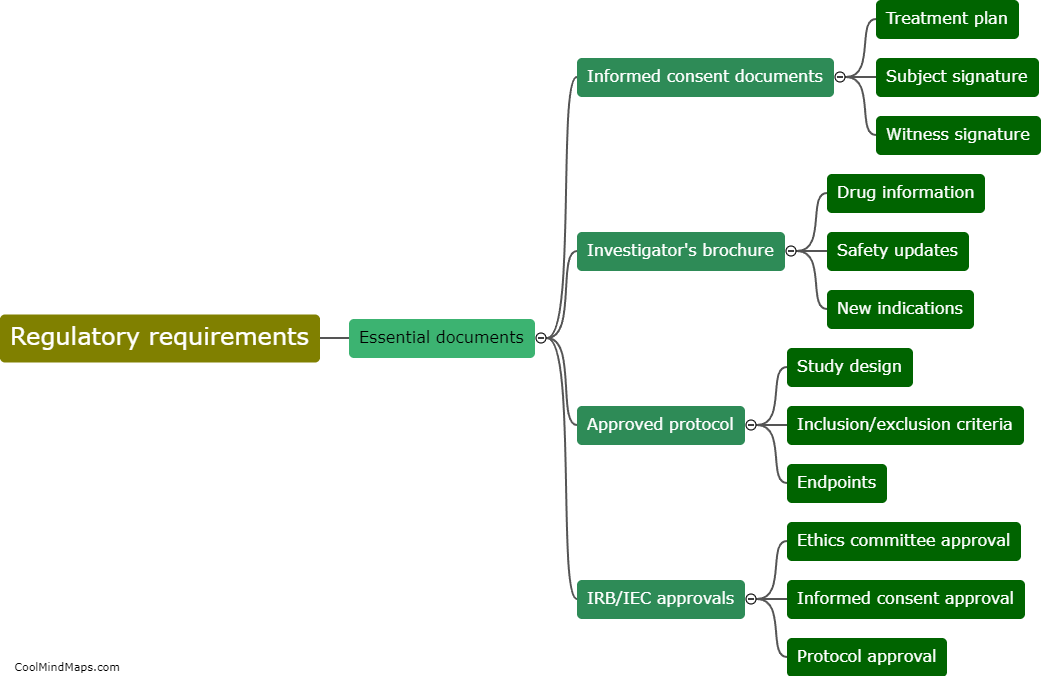How do different types interact in the CRF process?
In the Conditional Random Fields (CRF) process, different types interact through the modeling of their dependencies. CRFs are probabilistic models used primarily for sequence labeling tasks, where each sequence element is assigned a label. The types involved in this process refer to the features or factors that influence the labeling. For example, in a named entity recognition task, the types could be the words in the input sequence and their corresponding part-of-speech tags. The interaction between these types is captured through the definition of potential functions, which assign a score or weight to each possible label assignment given the observed features. These potential functions consider both the current state and its dependencies on neighboring elements. By jointly modeling different types and their interactions, CRFs can effectively capture complex dependencies and produce accurate label assignments in various natural language processing tasks.

This mind map was published on 5 December 2023 and has been viewed 73 times.











